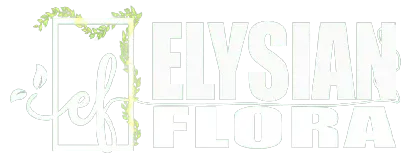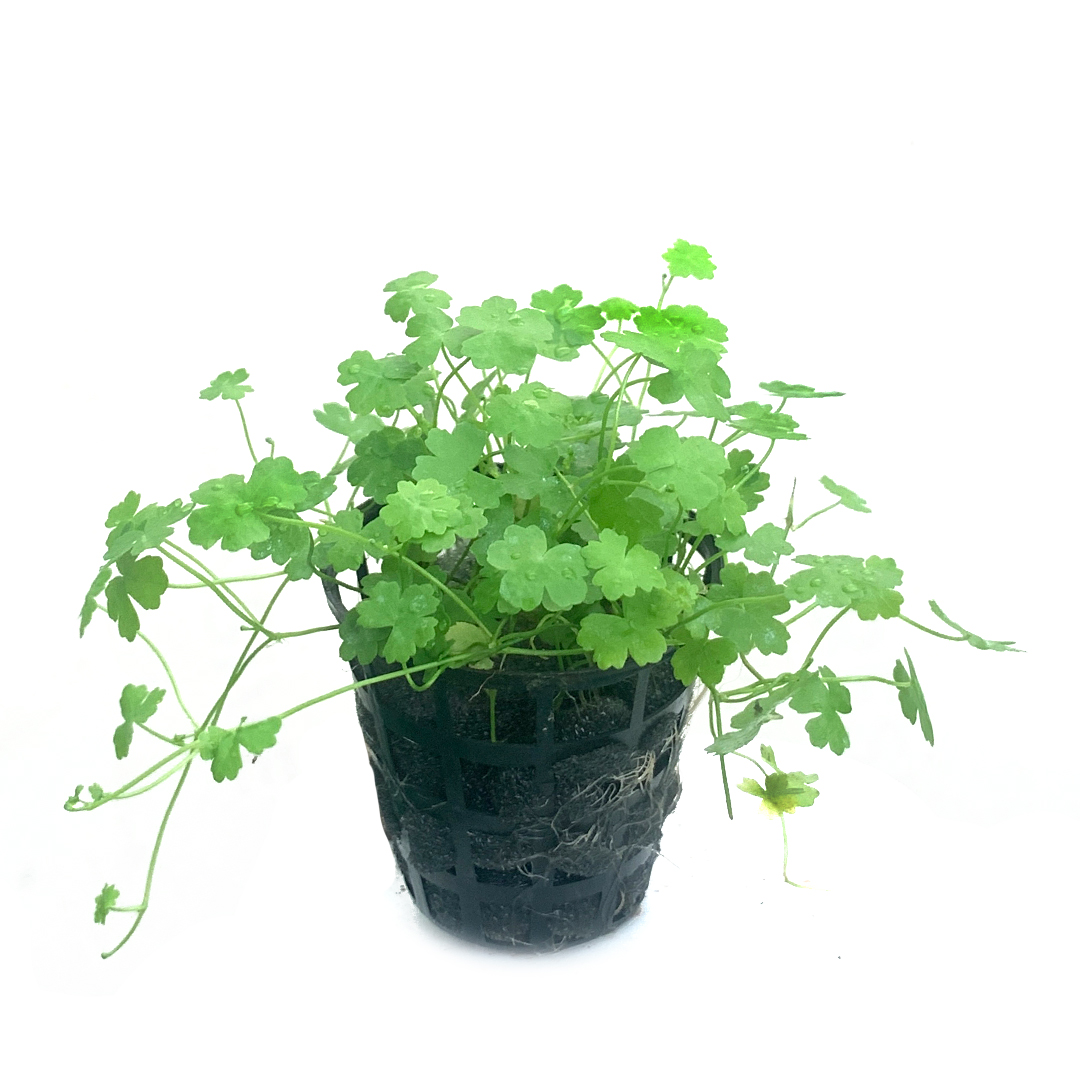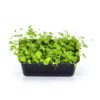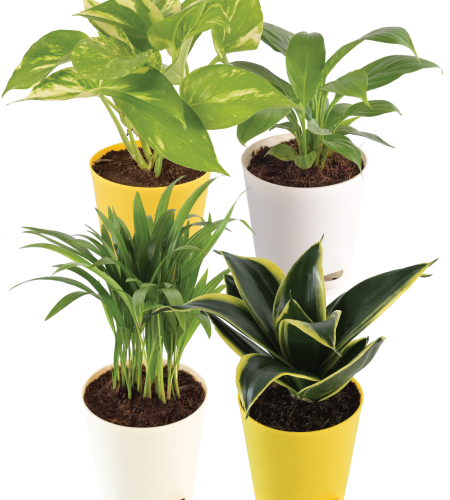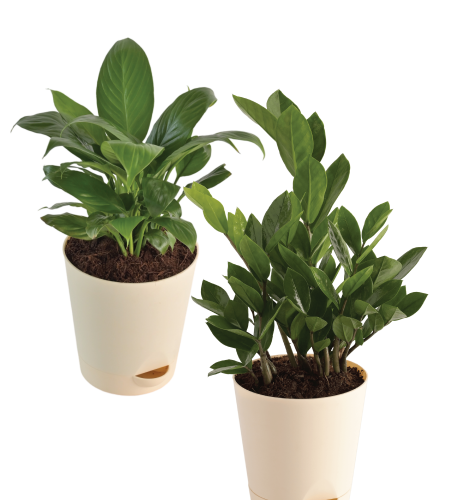Hydrocotyle tripartita ‘Mini’ has been in European trade since 2010 and is an enrichment for the foreground to middle ground areas. The new mini form with much smaller leaves is also most likely from Queensland, Australia. This novelty, with a leaf size of about 5mm, is a real gem for the design of detailed aquascaping landscapes. A plentiful supply of nutrients, combined with intense lighting, promotes multi-branched and compact growth. Pruning on a regular basis will result in dense, flat-growing plant pads.
Hydrocotyle tripartita grows very well in CO2 injected tanks. In most cases, its rapid growth rates and the fact that its runners will spread wherever they can make it a difficult plant to keep in place. It can be grown in non-CO2 injected tanks, but the clumps will be thinner and less dense.
Hydrocotyle tripartita, also known as Hydrocotyle Japan in the aquarium trade, has been in the hobby for a number of years and is popular among aquascaping enthusiasts due to its attractive foliage and ease of care. It has green lobed leaves that resemble terrestrial clover plants. Hydrocotyle triparta spreads quickly via runners. Trimming the plant or allowing it to bunch up allows it to form dense mats. It is sometimes used as a carpeting plant, but it is more commonly used as a midground bush.
Hydrocotyle tripartita grows very well in CO2 injected tanks. In most cases, its rapid growth rates and the fact that its runners will spread wherever they can make it a difficult plant to keep in place. It can be grown in non-CO2 injected tanks, but the clumps will be thinner and less dense. The plant can be planted in the substrate, but it also grows well when attached to hardscape. It can be glued or tangled into cracks in rocks, and the roots will eventually entangle on the hardscape. The benefit of using it on hardscape is that it grows more slowly, making it easier to control.
Hydrocotyle tripartita ‘Mini’, also known as Hydrocotyle Japan in the aquarium trade, has been in the hobby for a number of years and is popular among aquascaping enthusiasts due to its attractive foliage and ease of care. It has green lobed leaves that resemble terrestrial clover plants. Hydrocotyle triparta spreads quickly via runners. Trimming the plant or allowing it to bunch up allows it to form dense mats. It is sometimes used as a carpeting plant, but it is more commonly used as a midground bush.
Hydrocotyle tripartita grows very well in CO2 injected tanks. In most cases, its rapid growth rates and the fact that its runners will spread wherever they can make it a difficult plant to keep in place. It can be grown in non-CO2 injected tanks, but the clumps will be thinner and less dense. The plant can be planted in the substrate, but it also grows well when attached to hardscape. It can be glued or tangled into cracks in rocks, and the roots will eventually entangle on the hardscape. The benefit of using it on hardscape is that it grows more slowly, making it easier to control.
Hydrocotyle tripartita ‘Mini’ is planted directly onto the rock on the sides of the cave entrance.
Hydrocotyle tripartita grows on the extreme left and right sides of bare rock. It is also used on the top of the middle tree trunk, where it is planted directly into the wood.
Important success factors:
Light levels should be at least medium.
Regular all-around fertilisation is required because, as a fast grower, it can develop pale leaves if fertilisation is insufficient.
The addition of CO2 makes this plant much easier to grow; without it, the leaves are smaller and the clumps are less dense.
Water parameters are not important to me.
Pruning and propagation:
When growth conditions are favourable, Hydrocotyle tripartita spreads rapidly through runners. If the aquarist does not want the plant to spread to a specific area, runners should be cut as soon as they appear.
Each leaf stalk with a root can be separated and planted separately. During propagation, the entire stem, leaf, and root portions must be preserved.
Older leaves may deteriorate, yellowing or being attacked by algae as the clump grows; these should be removed during trimming. Because of the plant’s rapid propagation rate, deep pruning; removing old growth while replanting the top fresh shoots is simple.

